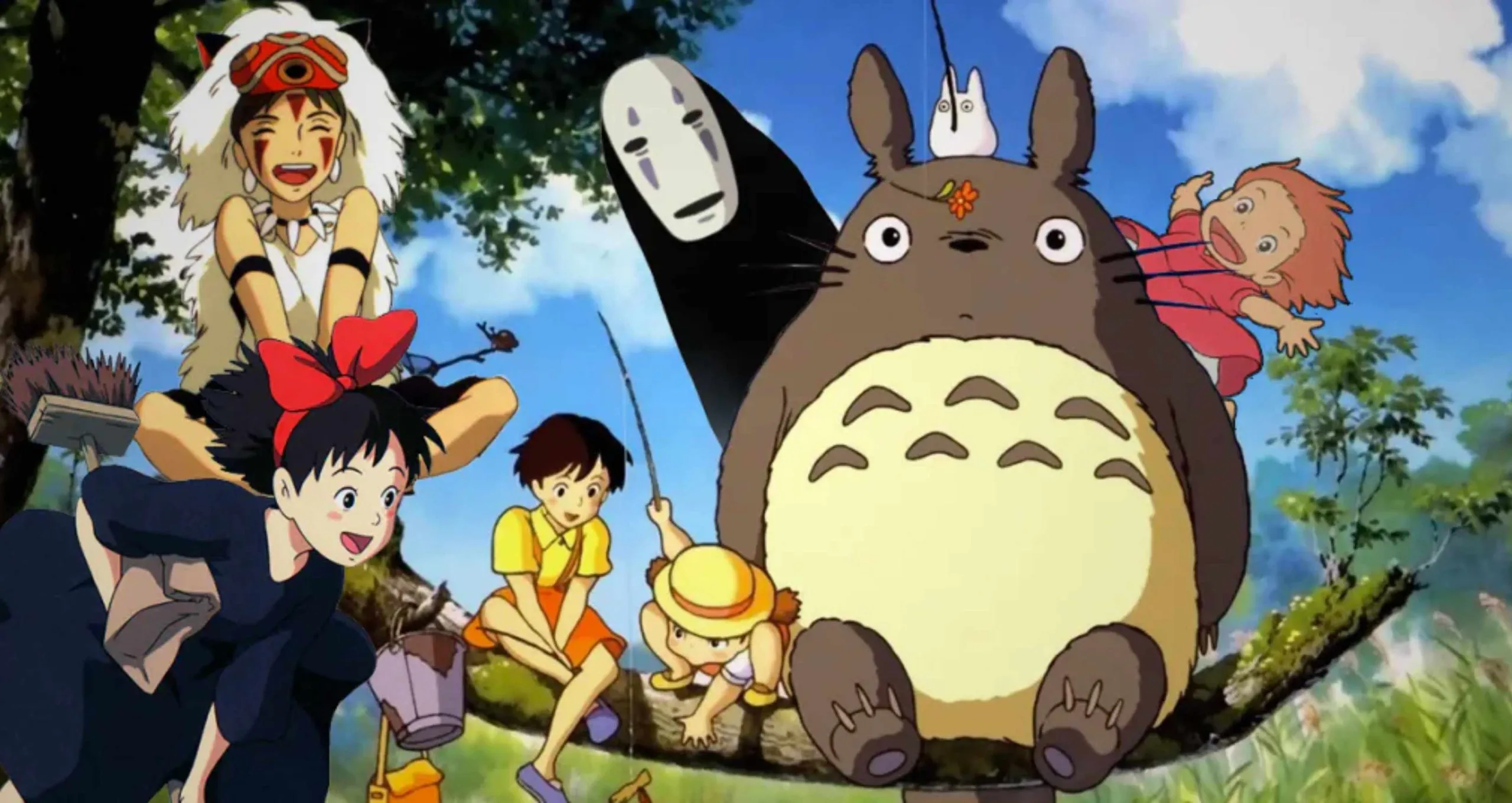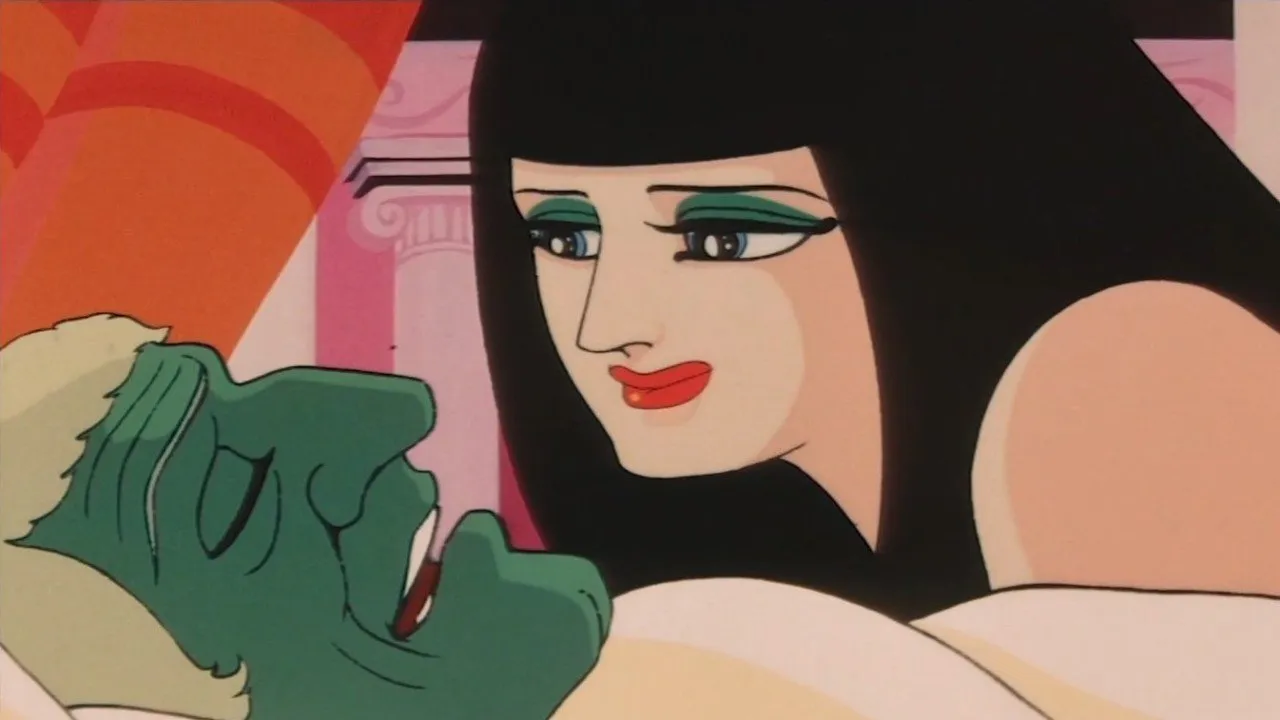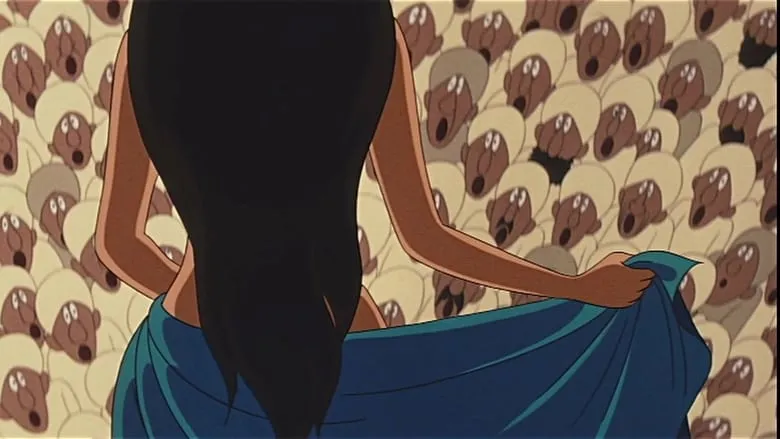
The Women Behind Your Favorite Anime
Whether you are an anime fan or not, you probably already know that this industry is really tough for women creators. It is no secret that, especially in the 50s and 60s, the prevailing sexism undermined women’s contribution to the genre or restricted them to low-paid, labor-intensive animation tasks. Even when their technical skills elevated several anime productions, their male colleagues were credited with the success.
Even though important advances have been made over the past few years, it is still impossible to overlook the difficulties women in the industry have been through. This is one of the reasons we should take the time to appreciate the work of the women behind our favourite anime.
Okuyama Reiko started working as an animator at Toei Animation (known today for series like Sailor Moon and Dragon Ball) in 1957. During her time at Toei, she took an active role in the studio’s labour disputes, putting her outspoken attitude and natural charisma to good use during the studio’s union conflicts.

Photos of Okuyama Reiko (sakugabooru.com, pellas.net)
In the span of her four-decade career, she contributed to numerous creative projects including Little Norse Prince (1968), Belladonna of Sadness (1973), The Tale of the White Serpent (1958), as well as Studio Ghibli’s Grave of the Fireflies (1988). Additionally, she was the first woman to supervise the animation in a feature-length film all by herself (Little Mermaid, 1975). You can get a quick idea of her animated drawings here.
Today, she deservedly remains an inspiration for new female animators and an icon of the fight for women’s rights in the industry. The Japanese television drama series Natsuzora (2019), produced by Japan’s public broadcaster NHK, is loosely based on Okuyama’s life.
Another pioneer female animator at a time when the industry was dominated by men is Nakamura Kazuko. Like Okuyama, she also worked at Toei Animation as an animator on The Orphan Brothers (1961), Panda and the Magic Serpent (1958), and Magic Boy (1959).
Nakamura’s work for Toei Animation caught the eye of Osamu Tezuka, known as “the father of manga,” who offered her a position at his animation studio, Mushi Production (or Mushi Pro). At Mushi Pro she animated characters for Astro Boy (1963), one of the most successful manga and anime franchises in the world, and the adult anime films Cleopatra (1970) and 1001 Nights (1969). Nakamura passed away in 2019 but is remembered for her exquisite drawing skills that allowed her to build unique characters and bring them to life.
The character of Cleopatra, animated by Nakamura Kazuko. (photos: imdb.com)
Futaki Makiko, recruited by Studio Ghibli in 1981, has some of the most critically acclaimed titles under her belt. She worked as an animator on several films that are regarded as high-water marks of the entire genre like My Neighbour Totoro (1988), Princess Mononoke (1997), and Spirited Away (2001). Her interest in nature as well as an empathy for animals has been reflected in her animation style. She was also a key animator for Otomo Katsuhiro’s legendary cyber-punk film Akira (1988), which presents a dystopian vision of Tokyo in 2019.
“Unfortunately there are not many avenues for Futaki-san to express her talent in Japan’s present animation world. Depiction of plants is easy to avoid. Also, the piecework payment structure that is set at so much per second makes it difficult for her to be fairly compensated for her efforts.”
Hayao Miyazaki
Her role was to draw the main poses in the animation to capture the movement and facial expressions of the characters. Futaki’s professional reputation lives on not only in the films of Studio Ghibli but also in the anime community’s tributes. Pixar animator-director Peter Sohn has also described her astonishingly detailed work that elevated the frames to pieces to art.
Some other notable women animators, include:
-
Tanaka Atsuko, another Ghibli animator, with a notable record of work. She collaborated with Shinkai Makoto on the third highest-grossing anime film of all time Your Name (2016) and Hosoda Mamoru on the award-winning adventure fantasy film Mirai (2018).
-
Yamamoto Sayo, a force to be reckoned with in the anime industry. One of the very first people to realize her talent was the great Satoshi Kon, who asked her to be part of the project for Millennim Actress (2001) but this plan did not work out. Her most notable works include the well-received anime series Michiko & Hatchin (2008-2009), Yuri!!! on Ice (2016), and Lupin the Third: The Woman Called Fujiko Mine (2012).
-
Yamada Naoko, a promising director of her generation. She has worked for well-known Kyoto Animation studios since 2004, where she has had the opportunity to direct the K-On! (2009-2011) and Tamako Market (2013) anime series, the truly heartwarming and touching A Silent Voice (2016), and the highly-praised Liz and the Blue Bird (2018).
-
Yoshida Reiko, the screenwriter behind a number of popular anime series. She wrote the screenplay for Dragon Ball Z (1989), Digimon Adventure (1999), and Bakuman (2010-2013). She also wrote the film adaptations of Osamu Tezuka’s Buddha, the second film of which was given a stamp of approval by the Dalai Lama, and worked alongside Yamada Naoko on A Silent Voice (2016).
-
Okada Mari, a prolific screenwriter, director, and manga artist. In 2018, Okada wrote and directed Maquia: When the Promised Flower Blooms (2018), which was well-received by critics. She is also known for writing a number of anime series, including Sasami: Magical Girls Club (2006-2017) and Black Butler (2008).
These are just some of the women currently progressing and tackling the prevailing sexism with their presence. However, today’s industry has a long way to go to curtail misogyny both in the work environment and in terms of portrayals of women in anime. The challenge now is to contribute to the creation of a better, more empowering, and inclusive anime industry.


